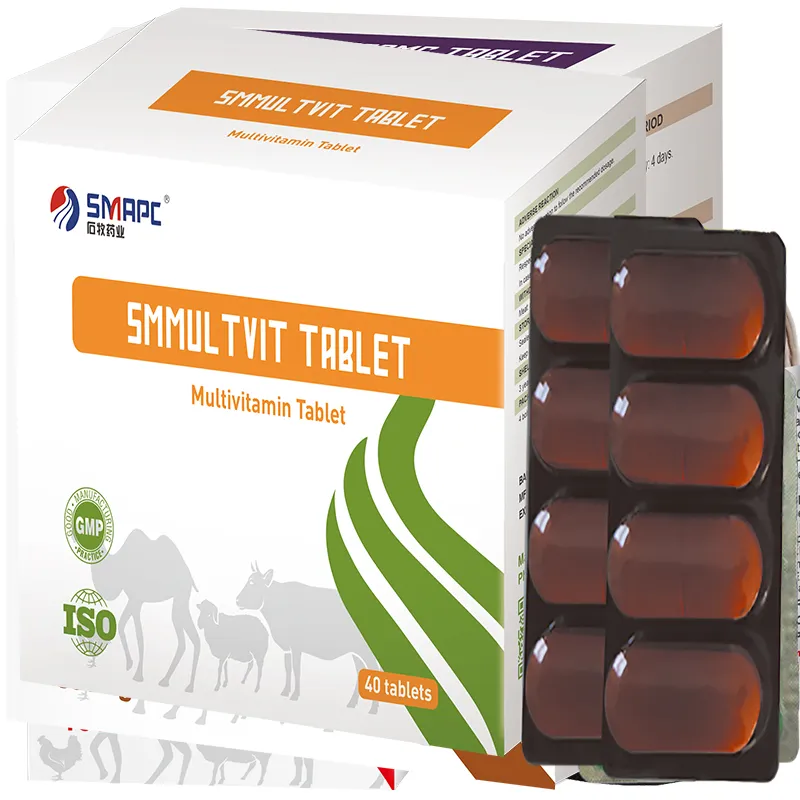4. Increased Energy and Vitality Dogs, like humans, need an adequate supply of vitamins and minerals to maintain energy levels. B vitamins, which are often included in Vitaboost formulations, play a critical role in energy metabolism. This is particularly important for active dogs that require more energy for their day-to-day activities.




